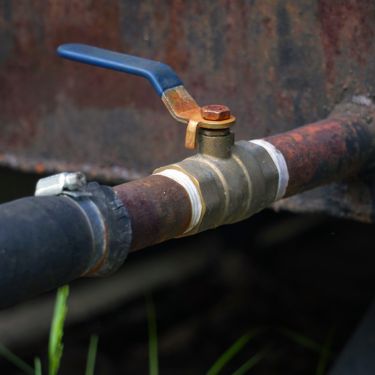
The lifespan of manufacturing equipment plays a pivotal role in the efficiency and profitability of any production line. These ways to maximize equipment lifespan in manufacturing can reduce downtime, cut costs, and improve productivity.
Insist on Operator Compliance With Checklists and Recordkeeping
Operator compliance with checklists and recordkeeping is crucial for prolonging the lifespan of machinery. That’s why it’s so important to hold operators accountable for completing these routines. These tools provide a systematic way to monitor equipment performance and maintenance needs. They also ensure operators perform all necessary checks and services at the right times, preventing minor issues from escalating. Regular reviews of these records can provide valuable insights into patterns of wear or recurrent problems, including employee neglect.
Keep Equipment Clean
It’s basic but essential: keep equipment clean, change the filters, and check seals for dirt, dust, and grime that can cause damage over time. Contaminants like these can lead to friction, wear, and even corrosion, which may affect a brass ball valve's lifespan. Regular cleaning mitigates these risks and allows for early detection of potential problems. We suggest establishing a cleaning schedule and sticking to it.
Regularly Check for Wear
Over time, even the most robust equipment can degrade. Regular inspections can help you identify signs of wear and perform repairs. A proactive approach can extend the service life of manufacturing equipment.
Use the Right Quality Parts and Lubricants
Using high-quality parts and lubricants is another key factor in maximizing equipment lifespan. Inferior or incompatible parts can impair the performance of machinery and lead to premature failure.
Using the right lubricants can reduce friction, prevent overheating, and protect parts from corrosion. Manufacturers should always adhere to equipment specifications and recommendations when selecting parts and lubricants.
Adjust for Environmental Conditions
Finally, adjusting for environmental conditions like temperature and humidity can contribute to equipment longevity. Extreme temperatures can cause materials to expand or contract and lead to unnecessary strain.
Humidity can lead to condensation and corrosion. By monitoring and controlling these environmental conditions, manufacturers can create a more favorable operating environment and extend the lifespan of their machinery.
These ways to maximize equipment lifespan in manufacturing can safeguard your investments and enhance operational efficiency. Manufacturers, large and small, can benefit from equipment maintenance.




















